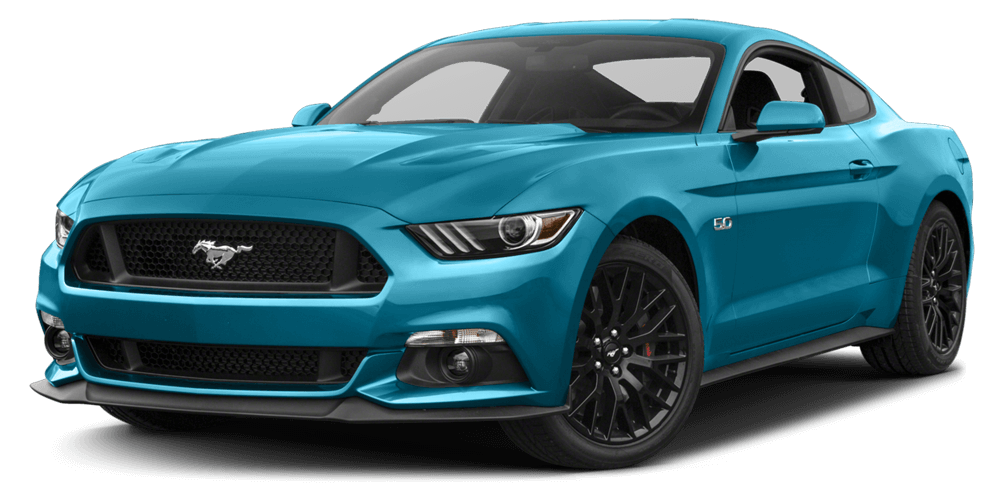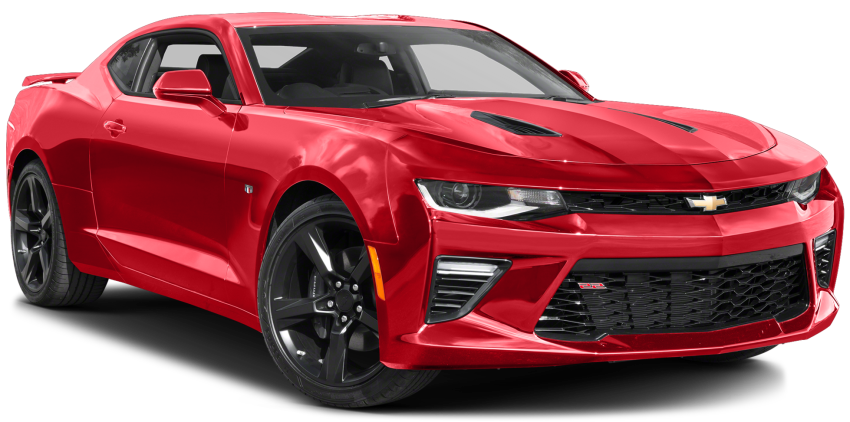The History of Citroën and Its Car Models
Citroën, a French car manufacturer with a legacy of innovative engineering and bold designs, has been at the forefront of automotive history since its founding in 1919. André Citroën, the visionary behind the company, revolutionized car manufacturing in Europe and set the stage for Citroën to become a brand known for pushing the boundaries of automotive design and technology. From the introduction of mass production techniques in Europe to the development of groundbreaking models like the Traction Avant, Citroën has left an indelible mark on the automotive world. In this article, we will explore the fascinating history of Citroën and provide an overview of the most iconic models, complete with production years and key features.
1. The Founding of Citroën (1919)
Citroën was founded by French industrialist André Citroën in 1919. After World War I, Citroën saw an opportunity to apply mass production techniques to car manufacturing in Europe, inspired by Henry Ford's assembly line process in the United States. The first car produced by Citroën was the Citroën Type A, which was the first mass-produced car in Europe. With this model, Citroën immediately made a name for itself as a company that focused on innovation and accessibility.
| Model | Production Years | Description |
|---|---|---|
| Citroën Type A | 1919-1921 | The Citroën Type A was the first mass-produced car in Europe. It featured a 1.3-liter, 4-cylinder engine producing 18 horsepower. The Type A was affordable and accessible, helping to democratize car ownership in France. It was available as a four-seater and could reach speeds of up to 65 km/h (40 mph). |
2. The 1920s: Innovation and Expansion
Throughout the 1920s, Citroën continued to innovate and expand its range of vehicles. One of the most notable developments during this period was the introduction of the Citroën B2, which succeeded the Type A and became the brand's best-selling model. Citroën also pioneered new marketing techniques, such as conducting cross-continental expeditions, including the famous "Croisière Noire" (Black Cruise) across Africa in 1924.
| Model | Production Years | Description |
|---|---|---|
| Citroën B2 | 1921-1926 | The B2 was the second model produced by Citroën and featured improved engineering over the Type A. It had a 1.5-liter engine and a top speed of 72 km/h (45 mph). The B2 was a commercial success, further establishing Citroën as a major player in the European automotive market. |
| Citroën C4 | 1928-1932 | The Citroën C4 was introduced in the late 1920s as a more modern and robust vehicle. It had a 1.6-liter engine and offered better performance and durability than previous models. The C4's reliability made it a popular choice for long-distance travel. |
3. The Traction Avant: A Game-Changer (1934)
In 1934, Citroën introduced one of the most revolutionary cars in automotive history: the Traction Avant. This car was the first mass-produced vehicle to feature front-wheel drive, unitary body construction, and independent suspension. These innovations made the Traction Avant highly maneuverable, safe, and comfortable to drive, setting new standards in the industry. However, the costs of developing this advanced model pushed Citroën into financial trouble, and the company was eventually acquired by Michelin, its largest creditor, in 1934.
| Model | Production Years | Description |
|---|---|---|
| Citroën Traction Avant | 1934-1957 | The Traction Avant is one of Citroën's most iconic models. It was a revolutionary car that introduced front-wheel drive and a monocoque chassis, offering superior handling and safety. The car was available in various body styles, including a sedan, coupe, and convertible. The Traction Avant was known for its durability and became popular with both private owners and the French police. |
4. Post-War Citroën: The 2CV (1948)
After World War II, Citroën introduced the 2CV, which would go on to become one of the most iconic cars in automotive history. The 2CV, short for "Deux Chevaux" (two horsepower), was designed as an affordable and practical car for rural farmers and the working class. Its unique design and minimalist engineering made it a symbol of post-war France, and it remained in production for over 40 years.
| Model | Production Years | Description |
|---|---|---|
| Citroën 2CV | 1948-1990 | The Citroën 2CV was designed as an affordable, no-frills car for the masses. It had a simple 375 cc air-cooled engine, and its minimalist design focused on practicality. The car was highly fuel-efficient and could traverse rough terrain, making it ideal for rural areas. Despite its modest specifications, the 2CV gained a cult following and is considered a design icon. |
5. The Citroën DS: A Design and Engineering Marvel (1955)
In 1955, Citroën once again pushed the boundaries of automotive design and technology with the introduction of the Citroën DS. The DS was revolutionary not only for its futuristic design but also for its advanced technology, including hydropneumatic suspension, power steering, and disc brakes. The DS was praised for its smooth ride, exceptional handling, and groundbreaking aesthetic, becoming a symbol of French innovation and sophistication.
| Model | Production Years | Description |
|---|---|---|
| Citroën DS | 1955-1975 | The Citroën DS was a technological marvel that introduced several advanced features, including a hydropneumatic self-leveling suspension system that provided an unparalleled smooth ride. The DS was also one of the first production cars to feature disc brakes. Its avant-garde design and engineering innovations made it one of the most iconic cars of the 20th century. |
6. The 1970s and 1980s: Expanding the Range
During the 1970s and 1980s, Citroën continued to build on its reputation for innovation, releasing models like the Citroën GS and CX. These cars retained Citroën's hallmark features, such as advanced suspension systems and unique designs, while also offering more options for middle-class buyers. Citroën also formed a partnership with Peugeot in 1976, creating the PSA Group, which helped the brand remain competitive during challenging economic times.
| Model | Production Years | Description |
|---|---|---|
| Citroën GS | 1970-1986 | The Citroën GS was a family car that featured the brand's trademark hydropneumatic suspension, offering exceptional comfort and handling. It was powered by a flat-four engine and was available in both sedan and estate versions. The GS was praised for its smooth ride and won the European Car of the Year award in 1971. |
| Citroën CX | 1974-1991 | The CX was a successor to the DS and continued Citroën's tradition of innovative design and technology. It featured a streamlined body, advanced suspension, and a range of engine options. The CX was particularly known for its futuristic dashboard layout and steering that adapted to the car's speed. |
7. The 1990s and 2000s: Modernization and New Challenges
As Citroën entered the 1990s and 2000s, the brand focused on modernizing its lineup and appealing to a broader audience. The Citroën Xantia, introduced in 1993, continued the tradition of innovative suspension systems while offering more contemporary styling. During this period, Citroën also introduced new models like the Citroën Saxo and C5, which aimed to compete in the highly competitive compact and family car markets.
| Model | Production Years | Description |
|---|---|---|
| Citroën Xantia | 1993-2002 | The Citroën Xantia was a mid-size family car that featured the brand's advanced Hydractive suspension system, offering a balance between comfort and handling. The Xantia was available in both hatchback and estate versions and became known for its reliability and ride quality. |
| Citroën Saxo | 1996-2003 | The Citroën Saxo was a compact car aimed at younger buyers and urban drivers. It was available in both three-door and five-door configurations and offered a range of small, fuel-efficient engines. The Saxo became popular for its sporty handling, especially in the VTS hot hatch version. |
| Citroën C5 | 2001-present | The Citroën C5 is a large family car that marked a shift towards more conservative styling while retaining advanced technology, such as Hydractive 3 suspension. The C5 has been available in sedan, estate, and crossover versions and is praised for its comfort and high levels of equipment. |
8. The Modern Era: Citroën's Return to Innovation
In the 2010s and 2020s, Citroën has continued to innovate with new models that emphasize comfort, technology, and sustainability. The Citroën C4 Cactus, introduced in 2014, features a unique design with "Airbumps" for added protection and a focus on reducing weight for better fuel efficiency. Citroën has also embraced the electric revolution, with models like the Citroën ë-C4 and the compact electric car Citroën Ami. Today, Citroën remains a brand known for its distinctive approach to automotive design and engineering, continuing to push the boundaries of comfort and innovation.
| Model | Production Years | Description |
|---|---|---|
| Citroën C4 Cactus | 2014-present | The Citroën C4 Cactus is a compact crossover with a bold design, featuring Airbump panels on the sides to protect against minor bumps and scrapes. The car is designed to be lightweight and fuel-efficient, with a focus on comfort and practicality. The C4 Cactus has been praised for its quirky styling and innovative features. |
| Citroën ë-C4 | 2020-present | The Citroën ë-C4 is an all-electric version of the popular C4 compact hatchback. It features a 50 kWh battery, providing a range of up to 350 km (217 miles) on a single charge. The ë-C4 offers a smooth, quiet ride, and advanced driver assistance systems, making it a strong competitor in the growing electric vehicle market. |
| Citroën Ami | 2020-present | The Citroën Ami is an ultra-compact electric vehicle designed for urban mobility. With a top speed of 45 km/h (28 mph) and a range of up to 75 km (47 miles), the Ami is a practical and environmentally friendly solution for short city trips. Its unique design and affordable price make it an appealing option for younger drivers and urban dwellers. |
Conclusion
From its early days as a pioneer in mass production to its modern lineup of innovative and eco-friendly vehicles, Citroën has consistently pushed the boundaries of automotive design and technology. Whether it's the groundbreaking Traction Avant, the iconic 2CV, or the futuristic DS, Citroën's cars have always been defined by a commitment to comfort, innovation, and bold design. Today, Citroën continues to evolve, embracing new technologies and sustainable mobility solutions while staying true to its roots as a brand that dares to be different.

































